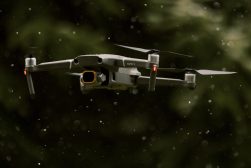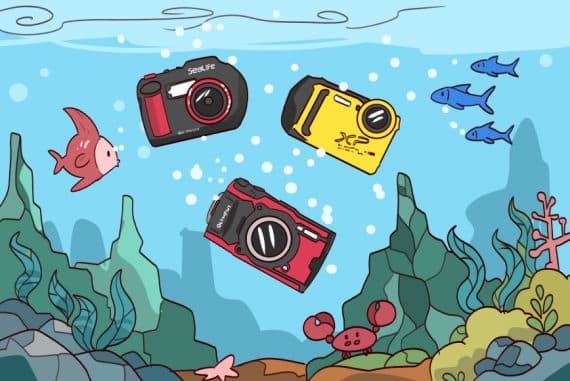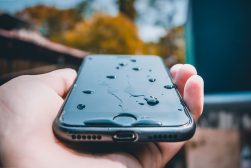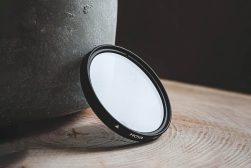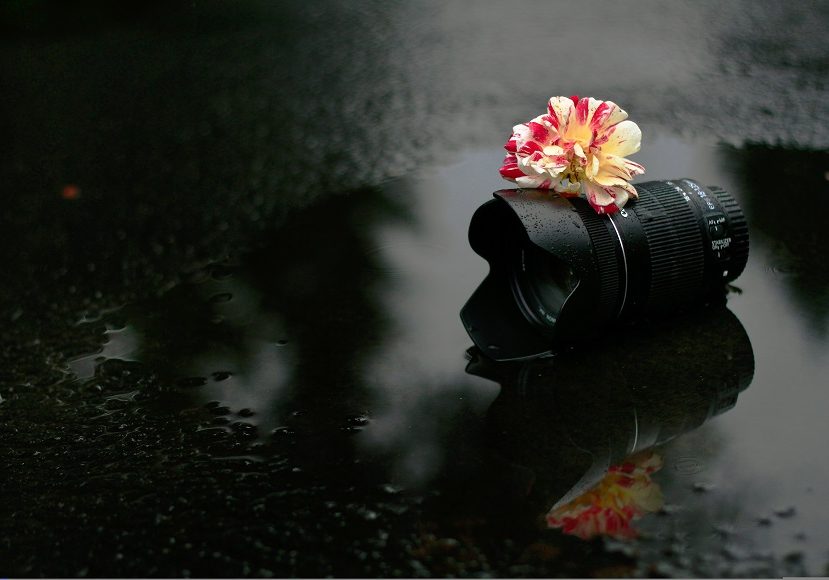
IPX Ratings: Is Your Device Really Waterproof?
Unravel the truth behind IPX ratings and determine the actual water-resistance level of your cameras, phones and tablets in this comprehensive guide.
Learn | By Dana Dekis
Whether you’re a professional photographer or a hobbyist, you’ve probably spent time researching IPX Ratings.
Have you ever wondered just how water-resistant your gadgets truly are or what “dustproof” signifies in real-world scenarios?
By the end of this article, you’ll have a clear understanding of these IPX ratings and their implications.
With years of experience in tech and electronics, I’ve demystified these standards to explain to you.
In this guide, I’ll cover everything related to IPX ratings to help clarify why they’re important.
Let’s dive in!
Table of Contents
What Is the IPX Rating System?
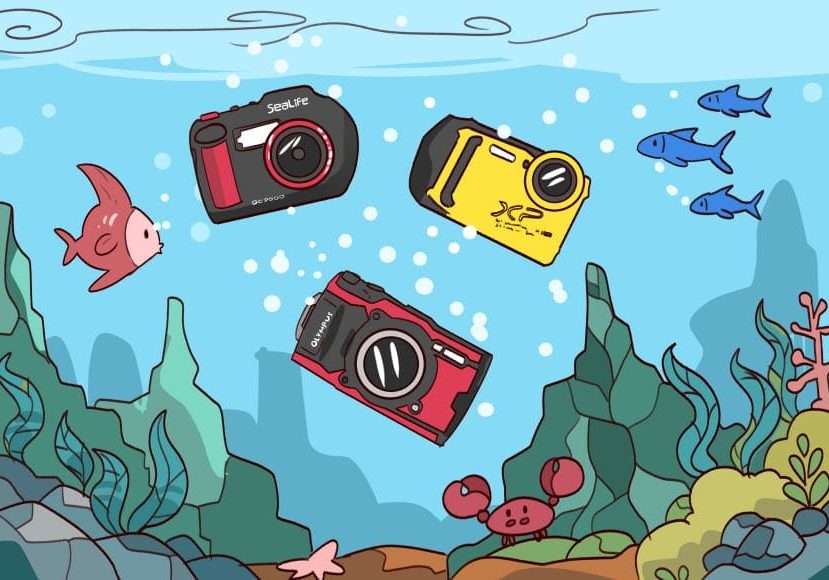
The IPX rating system is used to determine how resistant a product is to water.
This protection rating system is designed to help consumers achieve a clear understanding of how durable their product is to debris and the elements.
What Does IP Stand For?
IP stands for ingress protection.
An ingress protection rating helps consumers understand how much water-resistant protection the enclosure for your electronic device offers.
Why Are IP Ratings Important?
If you’ve got a beachside photoshoot or some underwater shots to take, your camera’s ingress protection rating matters!
Paying attention to the ingress protection rating of your electronic devices will help you determine how well your product will perform in specific weather conditions and whether it’s water-resistant, weather resistant, or waterproof.
Understanding the Numbers: How to Read an IP Rating
A standard IP rating chart will represent how resistant your product is to both solids and liquids.
The IP rating includes two numbers: the first numeral symbolizes how much protection is offered against solids, while the second digit symbolizes the same for liquids.
The first digit can be any number from 0-6, and the second number can range from 0-9.
A zero for either number indicates no protection.
The higher the numeral is, the more protection is provided against solids or liquids.
Use the chart below as your guide:
+————————————+
| IP Rating | Protection |
+————— |—————— |
| IP0 | No protection |
| IP1 | Vertically dripping water (condensation) |
| IP2 | Water drops at angles up to 15 degrees |
| IP3 | Water sprays at angles up to 60 degrees |
| IP4 | Water splashes from any direction |
| IP5 | Dust-protected (limited ingress) |
| IP6 | Dust-tight (no ingress of dust) |
| IP7 | Immersion protection up to 1 meter for 30 minutes |
| IP8 | Continuous immersion protection beyond 1 meter (specific depth and time indicated by the manufacturer) |
| IP9K | Protection against high water pressure and hot water (specific conditions) |
+————————————+
IPX vs IP Rating
As noted above, IP ratings encompass the level of protection against both solids and liquids.
Conversely, IPX ratings focus on liquids and are used when water-resistant construction is of utmost importance.
Because we’re zeroing in on liquids, the X represents an unspecified placeholder for the solid rating.
An Example: How to Read IPX8 vs IP68
If you’re not totally clear on when to use which rating, don’t worry!
Let’s go over a couple of examples:
- The AKASO Brave 7 is the perfect example of a waterproof camera because of its IPX8 rating. Designed for water sports, we’re not concerned with dust and debris as much as we are with water.
- The Barlus 1080P Waterproof Camera is an excellent example of a camera that offers high-level protection against solids and liquids.
IPX Rating Chart: Which IPX Ratings Are Waterproof?
Be aware that you’ll want to look for a minimum rating of IPX7 if you are seeking gear that undergoes special testing to be waterproof.
Waterproof ratings vary from IPX7 to IPX9K.
Some ratings below IPX7 will offer water resistance but won’t be waterproof.
Use the chart below as your guide:
+——————-+—————————-+
| IPX Rating | Protection against Water |
+——————-|—————————–|
| IPX0 | No protection |
| IPX1 | Vertically dripping water (condensation) |
| IPX2 | Water drops at angles up 15 degrees |
| IPX3 | Water sprays at angles up to 60 degrees |
| IPX4 | Water splashes from any direction |
| IPX5 | Low-pressure water jets from any direction |
| IPX6 | High-pressure water jets from any direction |
| IPX7 | Immersion protection up to 1-meter depth for 30 minutes |
| IPX8 | Constant immersion protection beyond 1 meter (specific depth and time indicated by the manufacturer) |
| IPX9K | Protection against high-temperature and high-pressure water jets (specific conditions) |
+——————-+—————————-+
How Deep is IPX8 Waterproof?
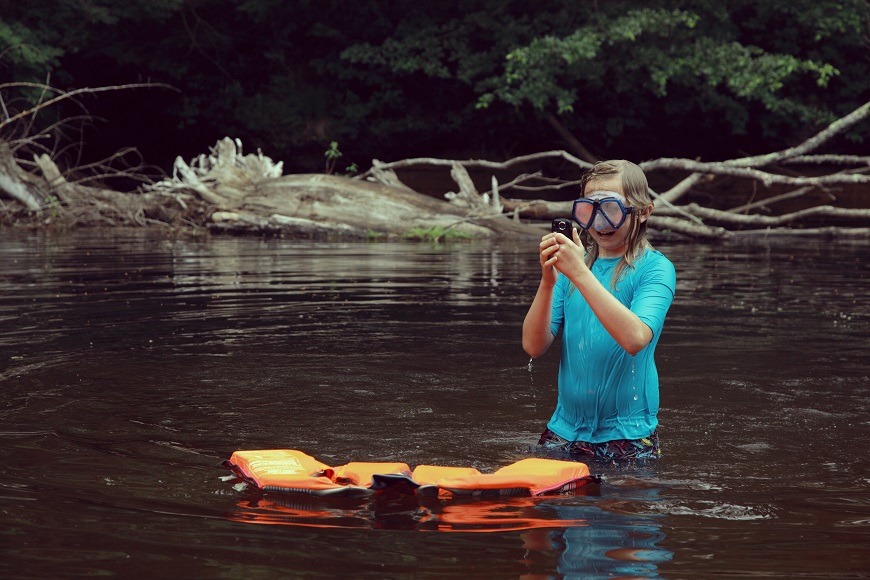
As explained in the chart above, an IPX8 rating offers consistent immersion protection over 1 meter, but make sure to review specific details in your product guide.
Which IPX Rating is Best?
The best IPX rating will depend on your project’s specific needs.
For example, the IPX rating you want for shooting water sports will be different than the one a heavy-duty machinery operator needs.
Let’s discuss which specific protection ratings are best for which activities:
- IPX0-IPX1: Because this is the lowest IPX rating range, your gear is only protected from minor exposure to the elements. This protection rating means your product is best for indoor use or outdoor use without a ton of exposure to rain — think of basic security cameras.
- IPX2: Here, you have protection against falling vertical water drops, so this protection rating makes the product suitable for use in kitchens, workspaces, and garages where splashes may occur.
- IPX3: Offering protection against spraying water, this rating can withstand spraying water and light rain. This rating is suited for outdoor applications that may include light rainfall, like gardening.
- IPX 4: Similar to IPX3 with just a bit more water-resistant protection, an IPX4 rating means you can jog or run in light rain without worry.
- IPX5: This protection rating offers increased water protection even against low-pressure water jets, making your device suitable for rainy-day cycling.
- IPX6: Finally, protection against water jets with high pressure! This rating allows for safe use when hiking and camping.
- IPX7: Surfers and kayakers will rejoice over an IPX7 rating, which means your device is ideal for water-based activities.
- IPX8: Swimming and diving are possible with this protection rating, so you can enjoy continuous submersion over 1 meter.
Common Devices and their IPX Ratings

Get a waterproof camera case for safer travels
Now that we’ve discussed which activities align with which IPX ratings, let’s dig deeper into the IPX ratings of specific devices to learn which ones have the best built-in protection from water:
- iPhone 14: The iPhone 14 boasts incredible protection against solids and liquids with an impressive rating of IP68.
- Galaxy S23: The Galaxy S23 also features an IP68 rating, making it one of the most water-resistant smartphones around.
- Olympus TG-6: The Olympus TG-6 has an IPX8 rating for water resistance in harsh climates. It’s also freezeproof down to 14°F or -10°C!
- DJI M30: This drone has an IP55 rating, which means it has complete protection against solid, powdery particles like dust and a water resistance rating to withstand light rain and splashes.
- SplashDrone 4 GC3: Thanks to an IPX system rating of IP67, this drone has a protection level tough enough to handle wet conditions.
- Zygo Solo Headset: This waterproof headset has a waterproof rating of IP68, so you know it’s survived a tough water test.
- JBL Peak 3 Sport True Wireless Headphones: These headphones are also able to resist water, which makes them a top choice for sports headphones if you’re worried about water splashing or want something sweat-resistant for heavy workout sessions.
- Samsung Galaxy Buds Live: These Galaxy Buds have an IPX2 level of water resistance, which offers slight liquid resistance i.e., several minutes of protection against dripping water.
Does a Device Need an IPX Rating to be Waterproof?
No, devices don’t necessarily need IPX ratings to be classified as waterproof.
Other measures of waterproof construction include the JIS scale and the ATM standard.
For example, GoPros tend to be built for use in water immediately out of the box.
NEMA Ratings vs IP Ratings
The National Electrical Manufacturers Association, or NEMA, is another rating system, but with different parameters than the international protection guidelines set forth by the IP system.
For example, NEMA also measures the sleet and corrosion protection levels of electrical equipment.
More importantly, NEMA also takes hazardous locations, such as medical facilities, into account.
FAQs About Water Resistant Ratings and IPX (Ingress Protection Rating)
What is the highest IPX rating?
An IPX8 rating is the highest.
What is the highest IPX rating for earbuds?
Typically, an IPX7 rating is the highest for earbuds, allowing for water immersion.
Is IPX7 better than IP68?
Not necessarily. IPX7 offers significant water protection, while IP68 offers protection against solid objects and immersion in water.
What is a good IPX rating?
It depends on your specific needs, but I’d recommend starting with at least IPX4 if you need a device that can handle rain.





